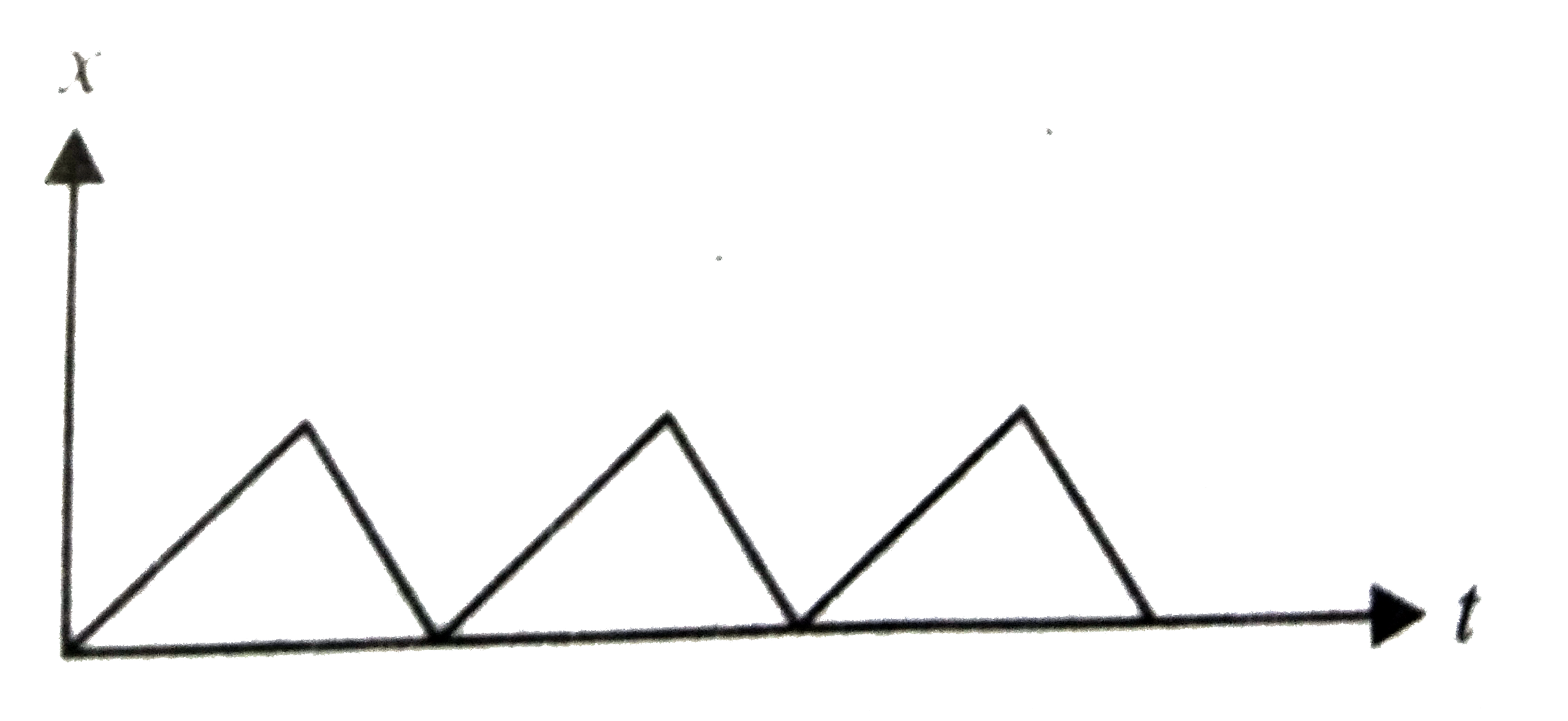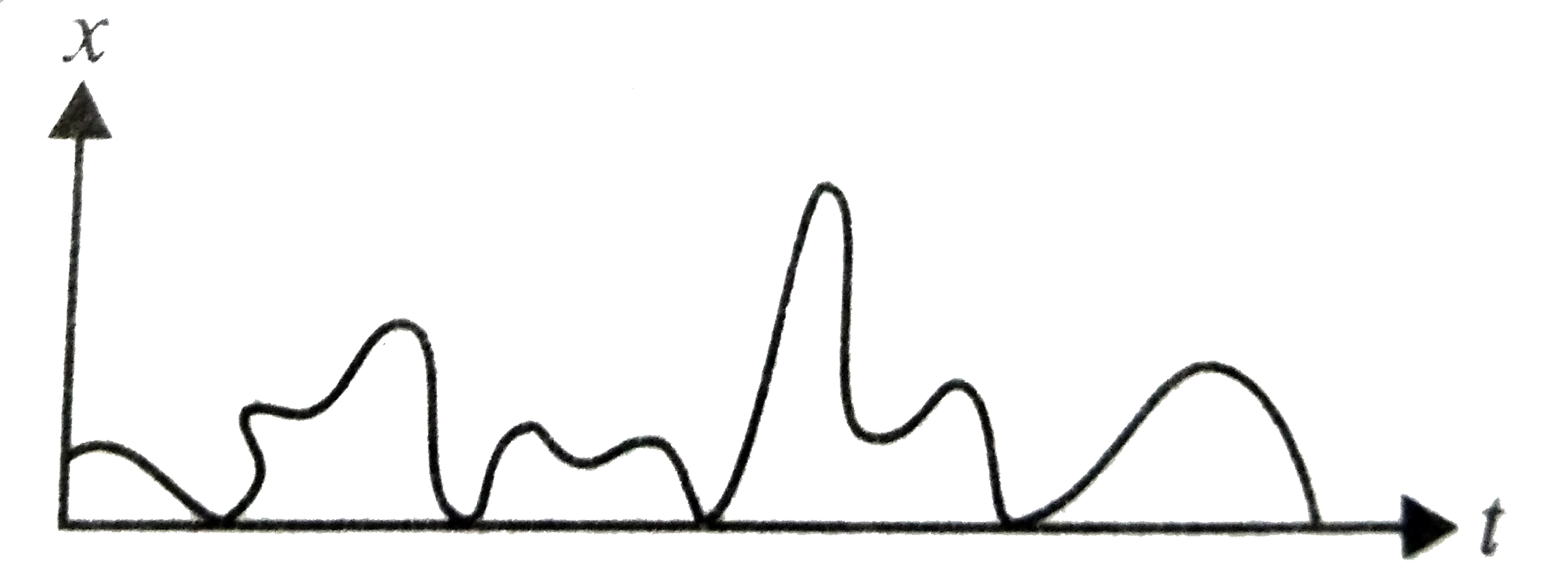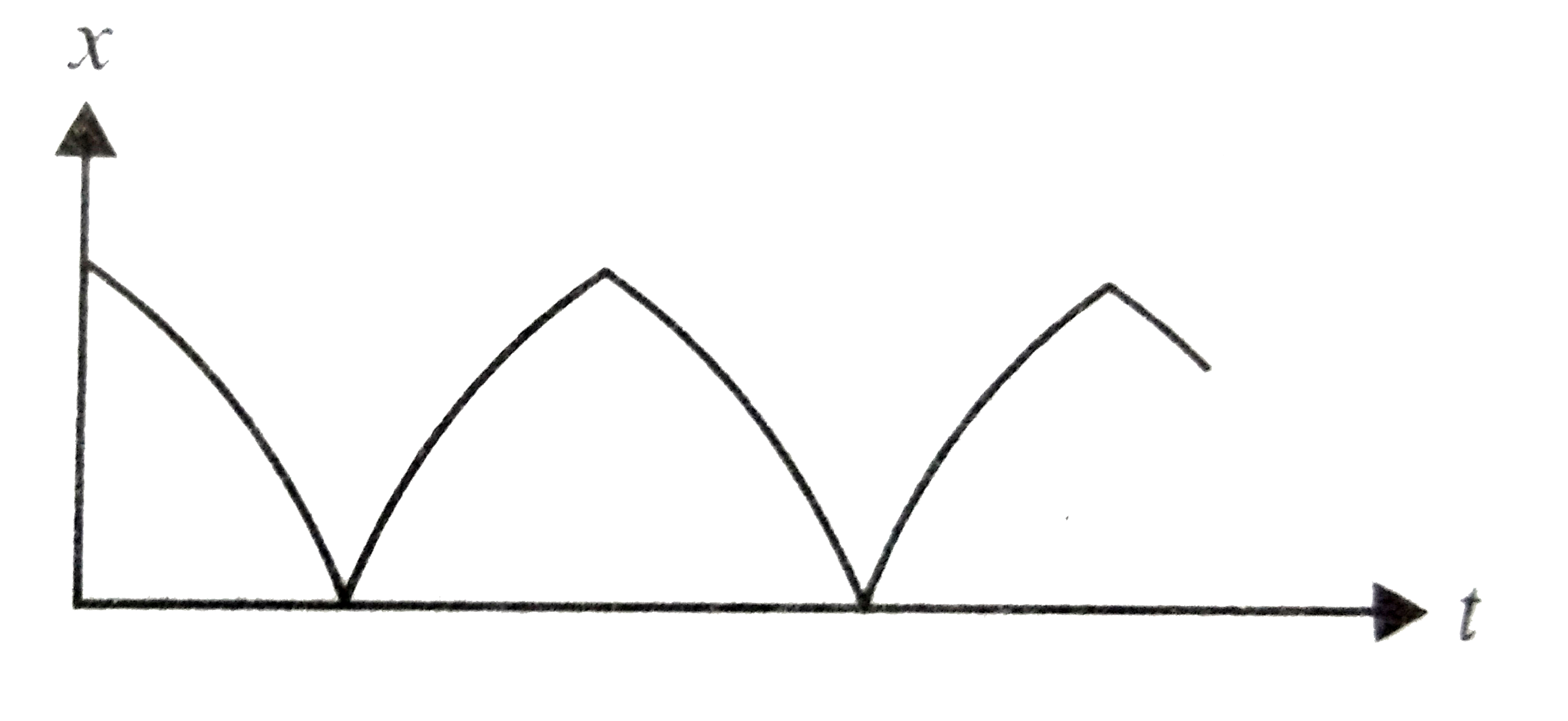Which of the following does not relate to photon both as wave motion and as stream of particle ?
E=hv
E=mc2
Interference
Diffraction
The correct Answer is:B, C, D
To solve the question "Which of the following does not relate to photon both as wave motion and as stream of particle?", we will analyze each option provided.
1. Understand the Concept of Photon:
- A photon is a quantum of electromagnetic radiation. It exhibits both wave-like and particle-like properties, which is a fundamental concept in quantum mechanics.
2. Review the Options:
- We need to identify which option does not relate to the dual nature of photons.
3. Evaluate Each Option:
- Option A: H = hν (Planck's equation):
- This equation relates energy (E) of a photon to its frequency (ν) using Planck's constant (h). It represents the wave nature of photons and also supports the particle aspect since it quantifies energy in discrete packets (photons). Thus, this option relates to both wave motion and particle nature.
- Option B: E = mc² (Einstein's equation):
- This equation states that energy (E) is equal to mass (m) times the speed of light squared (c²). It describes the equivalence of mass and energy but does not specifically relate to photons as both waves and particles. Therefore, this option does not relate to both aspects.
- Option C: Interference:
- Interference is a phenomenon that occurs with waves. It demonstrates the wave nature of light but does not address the particle aspect. Thus, this option does not relate to both.
- Option D: Diffraction:
- Similar to interference, diffraction is also a wave phenomenon. It shows the wave nature of light but does not account for the particle nature of photons. Therefore, this option does not relate to both.
4. Conclusion:
- The options that do not relate to photons as both wave motion and stream of particles are Option B (E = mc²), Option C (Interference), and Option D (Diffraction).
- The only option that does relate to both is Option A (H = hν).
Final Answer:
The options that do not relate to photon both as wave motion and as stream of particle are B, C, and D.
- A photon is a quantum of electromagnetic radiation. It exhibits both wave-like and particle-like properties, which is a fundamental concept in quantum mechanics.
- We need to identify which option does not relate to the dual nature of photons.
- Option A: H = hν (Planck's equation):
- This equation relates energy (E) of a photon to its frequency (ν) using Planck's constant (h). It represents the wave nature of photons and also supports the particle aspect since it quantifies energy in discrete packets (photons). Thus, this option relates to both wave motion and particle nature.
- Option B: E = mc² (Einstein's equation):
- This equation states that energy (E) is equal to mass (m) times the speed of light squared (c²). It describes the equivalence of mass and energy but does not specifically relate to photons as both waves and particles. Therefore, this option does not relate to both aspects.
- Option C: Interference:
- Interference is a phenomenon that occurs with waves. It demonstrates the wave nature of light but does not address the particle aspect. Thus, this option does not relate to both.
- Option D: Diffraction:
- Similar to interference, diffraction is also a wave phenomenon. It shows the wave nature of light but does not account for the particle nature of photons. Therefore, this option does not relate to both.
- The options that do not relate to photons as both wave motion and stream of particles are Option B (E = mc²), Option C (Interference), and Option D (Diffraction).
- The only option that does relate to both is Option A (H = hν).
The options that do not relate to photon both as wave motion and as stream of particle are B, C, and D.
Topper's Solved these Questions
- ATOMIC STRUCTUREBOOK - CENGAGE CHEMISTRY ENGLISHCHAPTER - ATOMIC STRUCTUREEXERCISE - Exercises Single Correct
127 Videos
- ATOMIC STRUCTUREBOOK - CENGAGE CHEMISTRY ENGLISHCHAPTER - ATOMIC STRUCTUREEXERCISE - Exercises Assertion And Reason
21 Videos
- ATOMIC STRUCTUREBOOK - CENGAGE CHEMISTRY ENGLISHCHAPTER - ATOMIC STRUCTUREEXERCISE - Exercises Linked Comprehension
50 Videos
- APPENDIX - INORGANIC VOLUME 1BOOK - CENGAGE CHEMISTRY ENGLISHCHAPTER - APPENDIX - INORGANIC VOLUME 1EXERCISE - chapter-7 Single correct answer
1 Videos
- CHEMICAL BONDING AND MOLECULAR STRUCTUREBOOK - CENGAGE CHEMISTRY ENGLISHCHAPTER - CHEMICAL BONDING AND MOLECULAR STRUCTUREEXERCISE - Archives Subjective
15 Videos
Similar Questions
Knowledge Check
Which of the following does not represent a travelling wave
Ay=f(x−vt)By=ymsink(x+vt)Cy=ymlog(x−vt)Dy=f(x2−vt2)Which of the following wave does not travel in vaccum ?
ASeismic wavesBX-raysCLightDRadio wavesWhich of the following x-t graphs does not represent periodic motion?
A B
B C
C D
D
Which of the following does not support the wave nature of light ?
View SolutionWhich of the following does not contain material particles:
View SolutionWhich of the following curves does not represent motion in one dimensions?
View SolutionWhich of the following statements are true for wave motion?
View SolutionWhich of the following pairs of graphs does not represent the motion of he same particle in the same interval (curves are parabollic):−
View Solution
